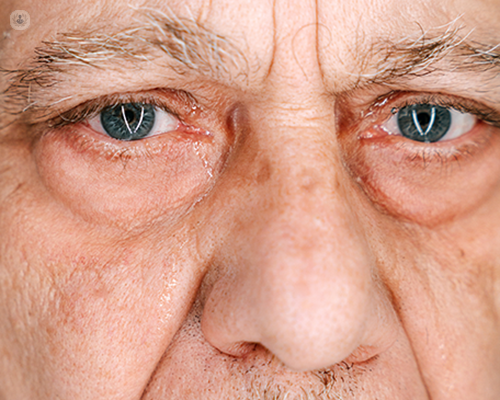Blocked tear duct surgery
Autore:When a tear duct becomes blocked, tears are unable to drain naturally and accumulate on the surface of the eyes, leading to watery, irritated and swollen eyes. Surgery may then be required to treat the blocked tear duct.
Here, Miss Velloor Jayshree Menon, renowned consultant ophthalmologist based in Kettering, provides an expert insight into unblocking tear ducts through surgery.

What type of surgery can unblock the tear ducts?
There are various operations that can unblock the tear ducts. The type of operation depends on the site of the obstruction and the age of the patient.
If, for example, the obstruction is at the opening of the tear passage, then a very simple operation to dilate the opening may be all that's required.
If, on the other hand, the obstruction is further down the tear passage as it runs to the nose, then a more complex operation known as a dacryocystorhinostomy (DCR) may be required.
If the obstruction is in a very young child, then this could be easily treated by dilating the passage and placing a stent in the duct.
When would a patient need surgery?
Surgery is needed if there is an obstruction, whether this is a partial obstruction or a complete obstruction. Surgery is also needed when patients have symptoms.
What does surgery involve?
Surgery can vary, depending on the site of the obstruction and the age of the patient. This could be a very simple procedure where the opening of the tear duct is dilated or a more complex operation known as a dacryocystorhinostomy (DCR).
A DCR involves creating a new channel that allows the tears to drain from the eye into the nose. This can be done via the gold standard external approach or endoscopically through the nose. Occasionally, a stent is also placed within the passage during this operation. This operation can take anywhere up to an hour.
What type of anaesthesia is needed?
These operations can be performed either under local anaesthesia or under general anaesthesia. The choice of the anaesthesia depends upon the complexity of the procedure, the age of the patient, the patient's preference, as well as the patient’s medical fitness.
What happens after surgery?
This depends upon the procedure carried out.
Following a simple day-case operation, patients usually go home within an hour or two with some eye drops.
Following a more complex operation such as a DCR, there may be some bleeding from the nostril, so a nasal pack is usually placed for a day. The following day, the patient is given eye drops and a nasal decongestant spray. If there are any sutures or stitches on the outside, these are removed the following week. If there is a stent that has been placed within, then this is usually removed around the 8 to 12 week mark.
What is the follow-up schedule?
There are usually at least a couple of follow-up appointments after these procedures. The first one is usually around a week or two after the operation, and the second one is about three months post-operatively.
Following a more complex operation such as a DCR, I tend to also review my patients about 12 months after the operation.
If you require tear duct surgery, don’t hesitate to book an appointment with Miss Velloor Jayshree Menon via her Top Doctors profile today.


